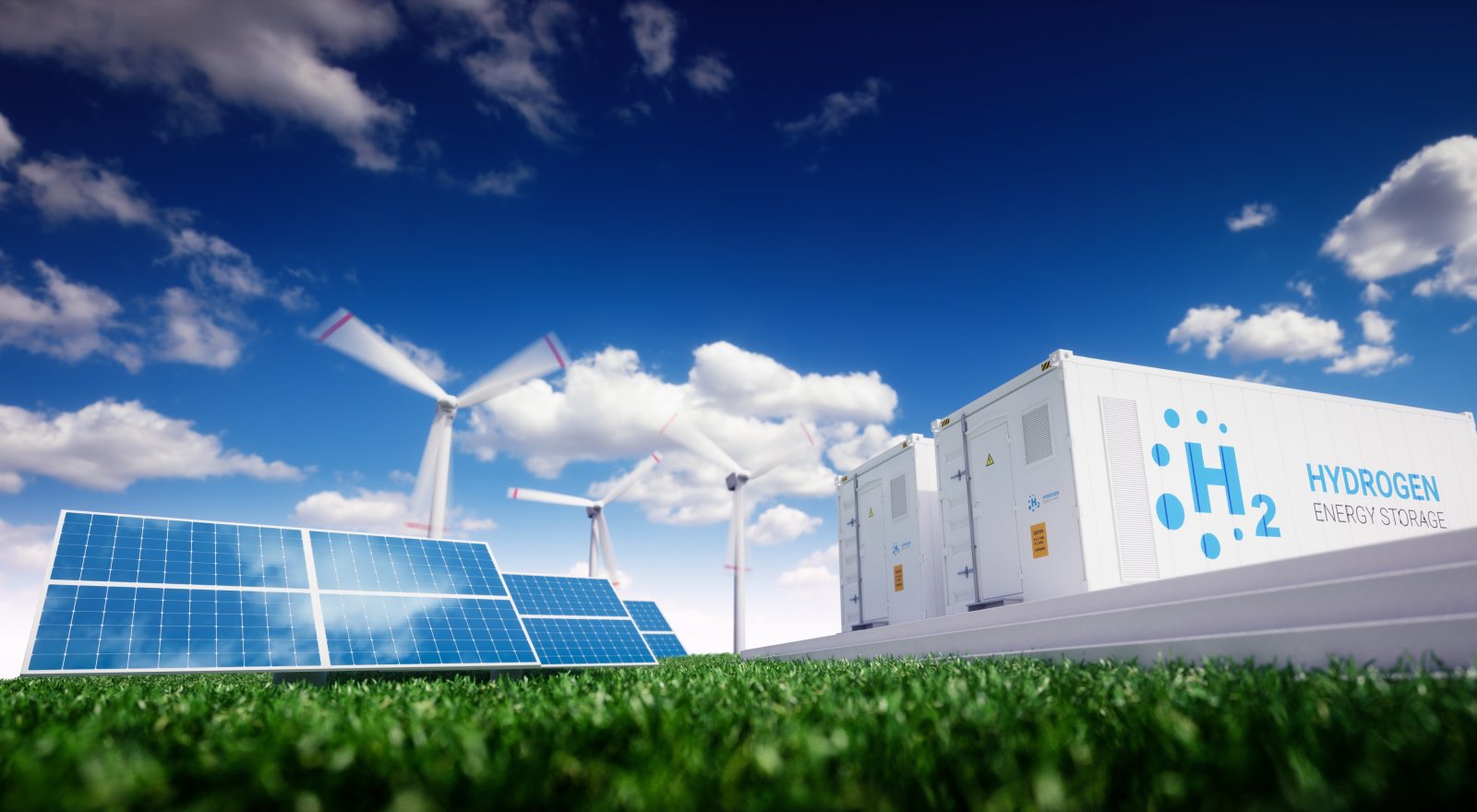India has well planned for 5MMT green hydrogen production by 2030, emphasises exports

India has well planned for 5MMT green hydrogen production by 2030, emphasises exports
The Union Cabinet of India approved the National Green Hydrogen Mission (NGHM) on January 4, with an initial outlay of Rs 19,744 crore. Out of this, Rs 17,490 crore has been allocated for incentives. The mission sets an ambitious target to achieve a yearly production of at least 5 million metric tonnes (MMT) of green hydrogen by 2030.
To accomplish this goal, the NGHM envisions the establishment of 60-100 gigawatts (GW) of electrolyzer capacity and 125 GW of renewable energy capacity. By successfully implementing this initiative, India aims to reduce carbon dioxide emissions by 50 MMT per year.

The International Conference on Green Hydrogen (ICGH) 2023 spanned three days and saw active participation from over 2,700 delegates. The conference featured 135 speakers who shared their expertise and insights through seven plenary sessions, 16 technical sessions, and four panel discussions.
The event provided a platform for knowledge exchange, discussion, and collaboration among industry experts, policymakers, and stakeholders, fostering a collective effort towards driving the growth and adoption of green hydrogen.
As of now, there are no immediate plans to enforce mandates on the use of green hydrogen in sectors such as oil and gas, fertilizers, and steel in India. The government is mindful of concerns regarding the potential impact on product prices, such as petrol and diesel, if such mandates were to be implemented.
However, the National Green Hydrogen Mission (NGHM) in India does include provisions for potential mandates, and the Energy Conservation Act was amended to enable the enforcement of mandates when decided upon.
The government is taking a cautious approach and considering various factors before implementing mandates. Senior officials, speaking anonymously, have suggested that the consideration of mandates may take place after the upcoming general elections in India. The decision will depend on the proactive efforts made by the hard-to-abate sectors in adopting and utilizing green hydrogen

Anonymous senior officials have indicated that the consideration of mandates will likely occur after the upcoming general elections in India. The decision will depend on the proactive efforts made by hard-to-abate sectors in adopting and utilizing green hydrogen for their operations.
The officials suggest that the government will closely assess the progress and engagement of these sectors with green hydrogen production and utilization before making any decisions on mandates.

During the conference, SSV Ramakumar, the Director (R&D) of Indian Oil Corporation Limited (IOCL), made an announcement regarding IOCL’s plan to introduce 15 fuel cell-driven buses in Delhi-NCR this year. These buses will serve routes connecting Faridabad-Delhi, Delhi-Agra, and potentially extending to cities like Baroda-Kevadia and Trivandrum-City Centre. This initiative by IOCL reflects the growing interest and practical implementation of green hydrogen technologies in India.
Efforts are being made to develop the necessary skills and create employment opportunities in the green hydrogen sector in India. Academic associations, private universities, and organizations such as the India Energy Storage Alliance (IESA) and the Council of Scientific & Industrial Research (CSIR) are actively involved in designing specialized courses and skilling programs to cater to the requirements of the growing green hydrogen industry. The Ministry of Skill Development & Education is also in the process of formulating a policy to provide hands-on training in various aspects of the green hydrogen ecosystem.
The Union Cabinet of India approved the National Green Hydrogen Mission (NGHM) on January 4, allocating an initial outlay of Rs 19,744 crore, with Rs 17,490 crore earmarked for incentives. The government’s objective under the NGHM is to achieve a yearly production capacity of at least 5 million metric tonnes (MMT) of green hydrogen by 2030. To accomplish this, the mission envisions the establishment of 60-100 gigawatts (GW) of electrolyzer capacity and 125 GW of renewable energy capacity. The successful implementation of this initiative is expected to result in a reduction of 50 MMT per year in carbon dioxide emissions.
The three-day conference, which witnessed significant participation, brought together over 2,700 delegates, 135 speakers, and featured seven plenary sessions, 16 technical sessions, and four panel discussions. This platform provided a valuable opportunity for knowledge sharing, exchange of ideas, and collaborative discussions among industry experts, policymakers, and stakeholders. The conference served as a catalyst for driving the growth and adoption of green hydrogen technologies in India.
These initiatives, including the allocation of funds for skilling programs, the approval of the NGHM, and the successful organization of the conference, demonstrate the government’s commitment to fostering a skilled workforce, enabling the growth of the green hydrogen sector, and accelerating the transition to clean and sustainable energy sources.




